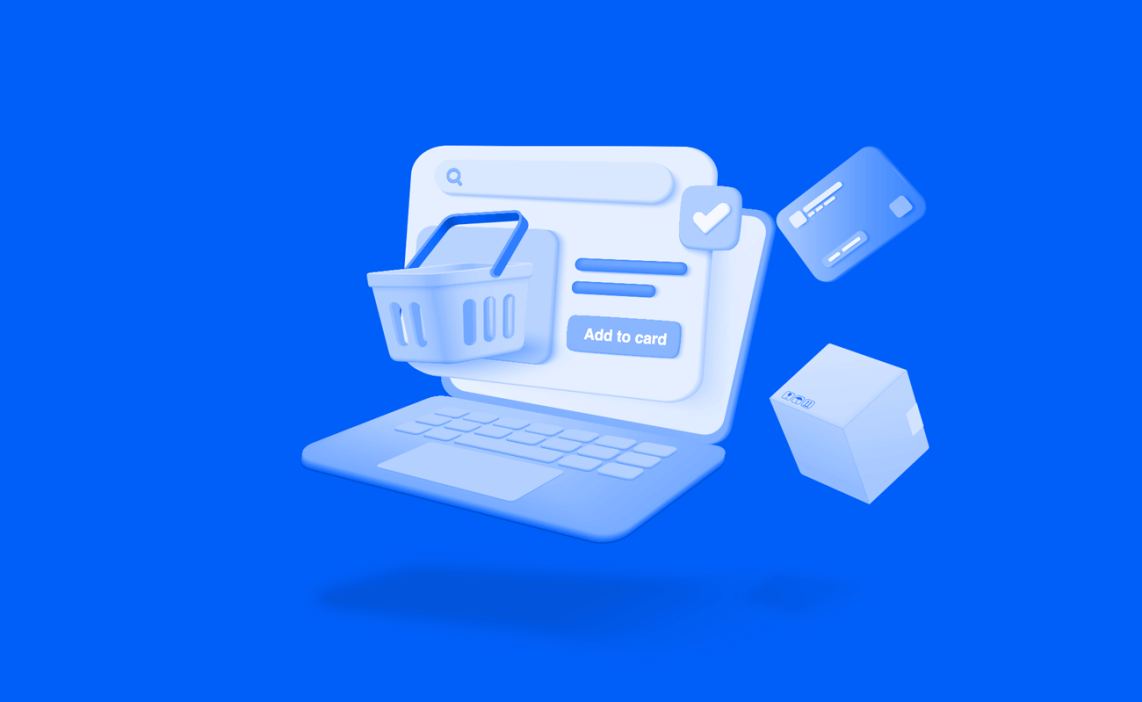The growth of online shopping has skyrocketed in recent years. It used to be just big box stores with massive warehouses full of inventory. Now, you can buy anything from clothes to electronics to furniture online.
As e-commerce continues to grow, email marketing will become even more important. In fact, according to HubSpot, “Email remains the most effective channel for customer acquisition.”
If you’ve never done any kind of email marketing before, you might not realize how powerful it can be. As long as you do it correctly, you’ll see a huge return on investment.
What is email marketing?
Email marketing is promoting your business, product, or service to potential, new, and existing customers through electronic mail. Email marketing is one of the best ways to engage with your customers and develop a relationship.
It’s also an incredibly cost-effective way to reach out to your audience, as you only pay for each email sent based on how many people open it.
Just how crucial is email marketing?
Currently, email marketing is the most popular means of contact with current and potential users.
In fact, it’s been proven that email marketing campaigns can offer an immense 3,600% return on investments. And because people trust you with their contact info, you own their data.
So why aren’t marketers doing more email marketing?
It’s because developing an effective e-commerce email marketing strategy involves dedication, time, and money. But the payoffs are substantial and well worth the effort.
Here’s why e-commerce email marketing is important:
It lets you educate your audience on your brand
It’s an easy method of getting the word out on promotions and offers
It allows you to nurture a post-purchase relationship
It generates leads from customers who would otherwise have been lost
How email marketing works
Email marketing for an e-commerce site works in a simple, affordable, and effective way. This strategy is simple, as all you need is an email list, an email account, and an email ready to send to your users.
Email marketing efforts are affordable as they rely on emails, which of course are free to send and receive. And most importantly, e-mail marketing is effective at generating new leads and improving your sale conversion rate.
Choose the email formats that will best reach your target market
Promotional emails, relationship emails, and transactional emails are the three major types of emails used in an e-commerce email marketing campaign.
See below for an explanation of each email type, as well as how and why they are used.
Promotional emails
Promotional emails are sent to inform your mailing list about a specific upcoming event, product launch, sale, etc. They can be sent via newsletters or direct mail.
The purpose of these messages is to pique the curiosity of your readers. In a fashion e-commerce store, for instance, you might have a new range dropping, or you might introduce new collaborations with interesting talent.
Relational emails
These emails are sent when there is a change in status within your business. These could include changes in pricing, promotions, or any other information that affects your user base.
Relational emails should always be personalized and relevant to your audience’s point in the purchase path. For instance, you might be running a Black Friday sale or you might be marking down end-of-season stock.
Transactional emails
These emails are sent after a transaction has been completed. Transactional emails are usually triggered by a user clicking a link in your newsletter or purchasing something from your store.
Common pitfalls of e-commerce email marketing campaigns
The following are common mistakes made by e-commerce businesses when sending emails:
Not having a clear purpose
You must have a clear purpose for every email you send. If you don’t know exactly who your target market is, you won’t know what kind of content to create for them.
Make sure you’ve carried out strong market research into your audience to find out what it is they’re looking for from your brand, what it is that they value and what they don’t.
A classic way to start an e-commerce business is to begin by promoting on price if you’re selling a wide range of generic products, or to begin by promoting on heavily technically details of hobby items that you yourself might be passionate about. However, while this passion might be the reason you started your business, it might not be the audience’s first priority: they might instead be looking for cool designs rather than technical details. It all depends on knowing who your audience actually is.
Creating generic emails
Untargeted emails, or “generic” emails, are sent to everyone. It’s best to make sure that your emails are targeted toward your audience so that they will respond positively.
For example, a customer who has just entered your business’ database by signing up for, for instance, weekly updates will normally be spoken to differently to one who has signed up following a purchase. With the first, you’re nurturing their knowledge and openness to your brand, while with the second, you’re nurturing and deepening the continued connection. It would be easy to combine the two, but the results just won’t be as strong. In the second case, you have the ability to segment further by, for example, product type: you can introduce them to complementary ranges, for instance.
Using too many images
Images are great for grabbing attention, but if you use too many, your readers may get distracted. It can also impact the loading speed of your emails, and if not formatted properly, make them difficult to read on mobile.
Used well, they’re a fantastic attention-grabber, but make sure they are well tested!
Excessive reliance on links
A link can take readers to your website and can be useful in a “call to action.” However, using too many links in one email can cause confusion and lead to unsubscribes.
Rather, you want to carefully direct your reader down your funnel, all the while making them feel like they’ve made the choice and not had a hard sell. This means having as few forks in the journey as possible.
Not being consistent
If you aren’t consistent with your emails, your audience will lose trust in your brand.
One of the biggest pitfalls here isn’t just having, for example, consistent marketing and branding guidelines – many of us are aware of this by now – but rather consistency in following up on your word. If you run an offer, or if you imply a time limit to a particular inventory, or tell your customers to hurry to use their discount code, and then next week another discount code or the same product pops into their inbox, then the trust that has been built up dissipates.
Tips for successful e-commerce email marketing campaigns
Define your audience
Before creating your first email, you need to define the people you want to reach out to. This includes their demographics (age, gender, location), interests, and behaviors.
Once you understand this information, you can begin planning your email marketing strategy.
Create a compelling email subject line
A good email subject line is essential to getting someone to open your email. A strong subject line will help draw the reader into the email. Choose a hook that taps into your brand’s selling point and/or add a sense of urgency with ideas of limited stock/limited time/latest releases, and so on, to pull in those clicks.
You should avoid using a sales pitch in your subject line because it will turn off email recipients.
Personalize your emails
Make sure that all your marketing emails are personalized. Include your users’ names at the beginning and show your products, services, and special offers as especially for them.
Likewise, having a human face to your business can greatly increase trust and authenticity. Consider using a named sender and photograph and including a signature at the bottom of your emails for extra authenticity.
Use visuals wisely
Visuals are powerful tools that can increase engagement rates. They can also assist you in establishing a more personal connection with the audience you are trying to reach.
Use infographics, videos, and photos to engage your audience and grab their attention, but make sure to keep loading times manageable.
Establish your sending frequency and goals
Once you have defined your audience, you can decide how often you want to communicate with them. You can test different sending times, such as weekly or monthly, to see response rates. Take into account too the frequency of, for example, your product inventory update or offers: low-ticket, frequently updated inventories might do a bit of a ‘catalogue’ send on a weekly basis, or a biweekly “things we’re loving”-style email, whereas high-ticket-focused businesses may find more successful with impactful one-off monthly communications. Likewise, customers in certain segments, such as those who have abandoned their carts, may be better contacted several times in relatively short succession.
Use automation to build personalized funnels
It’s easy in most large email platforms these days to set up automated funnels, where different actions can take your clients along different pathways. For example, if you have clients who do click through on a new e-commerce offer, you can then retarget them based on knowing that they are likely interested in that aspect, while clients who don’t click may have a larger wait until a re-send with a different angle.
Conclusion
In recent years, email marketing has emerged as one of the most efficient channels for promoting products online.
With the right tools and strategies, you can create an e-commerce email marketing strategy that will drive sales and build brand awareness.
Whether you sell physical goods or digital content, email marketing is a powerful tool that can help you grow your business.
Another highly effective method for growing your e-commerce business is through opening multiple storefronts, that is, if you can get around Amazon and Ebay’s restrictive policies against multiple vendor accounts.
Multilogin allows you to open and run multiple accounts from one device, and each individual account will function as if run on its own device. This allows you to rapidly expand your e-commerce business. Check out Multilogin today to learn more.


